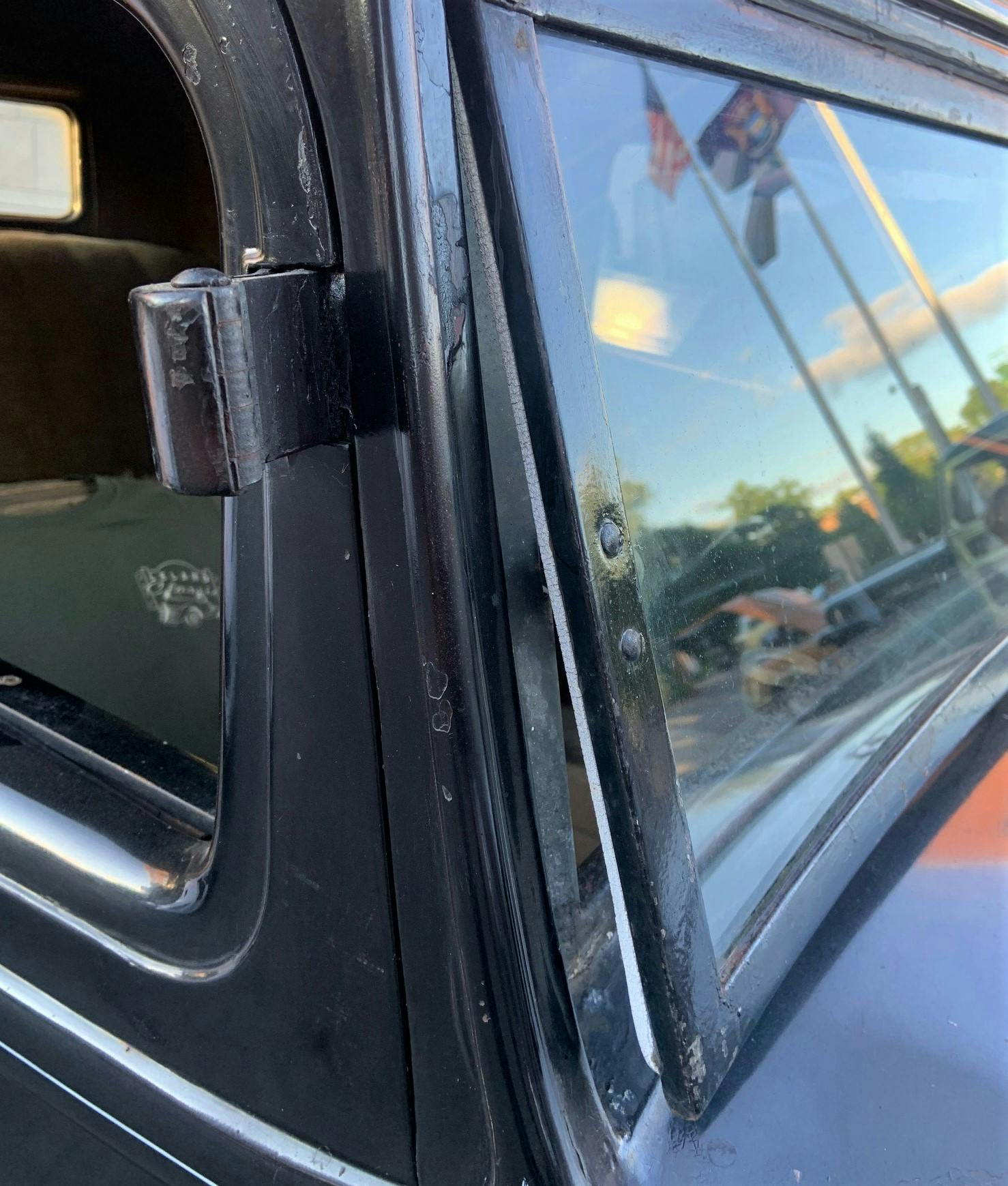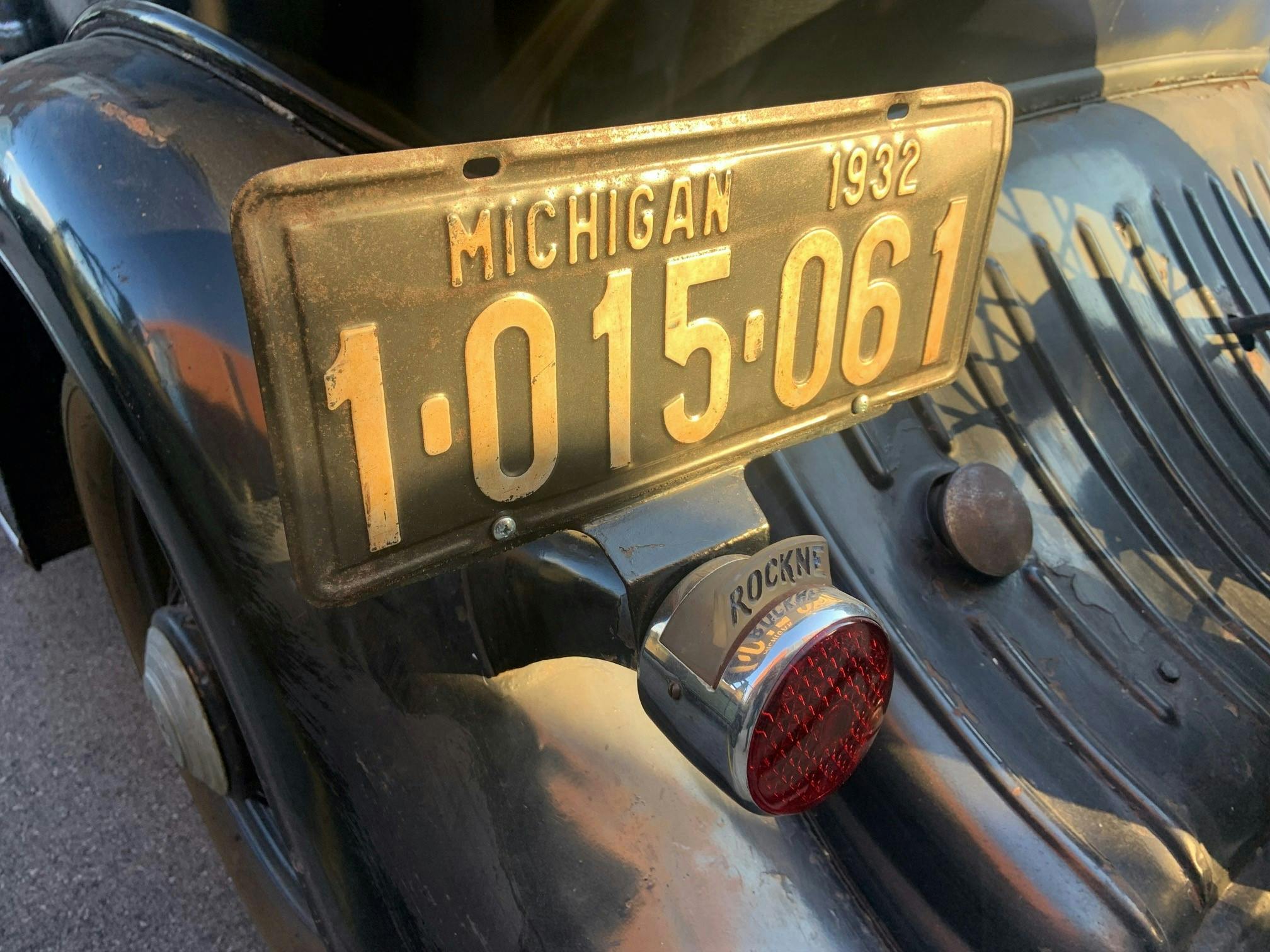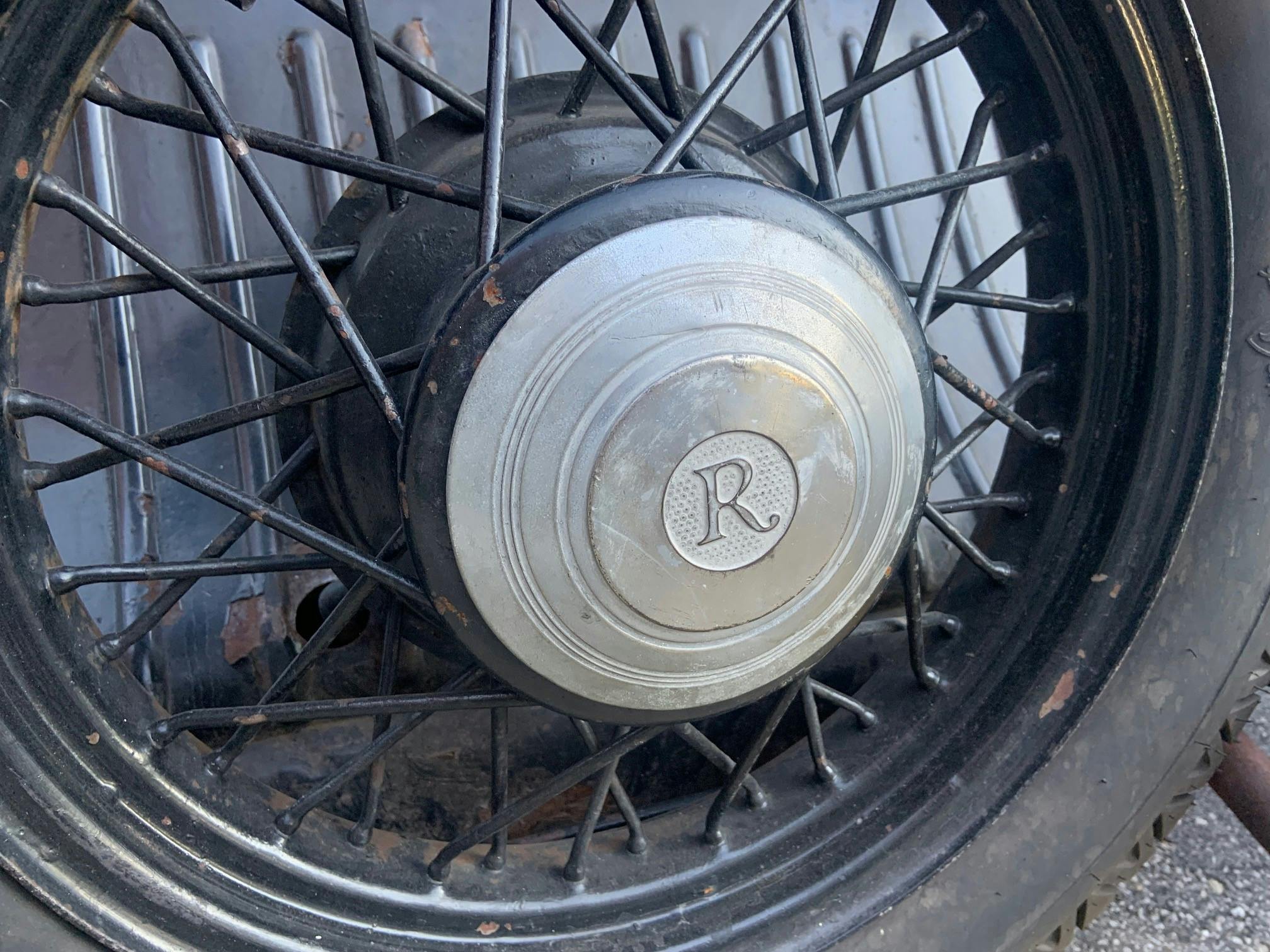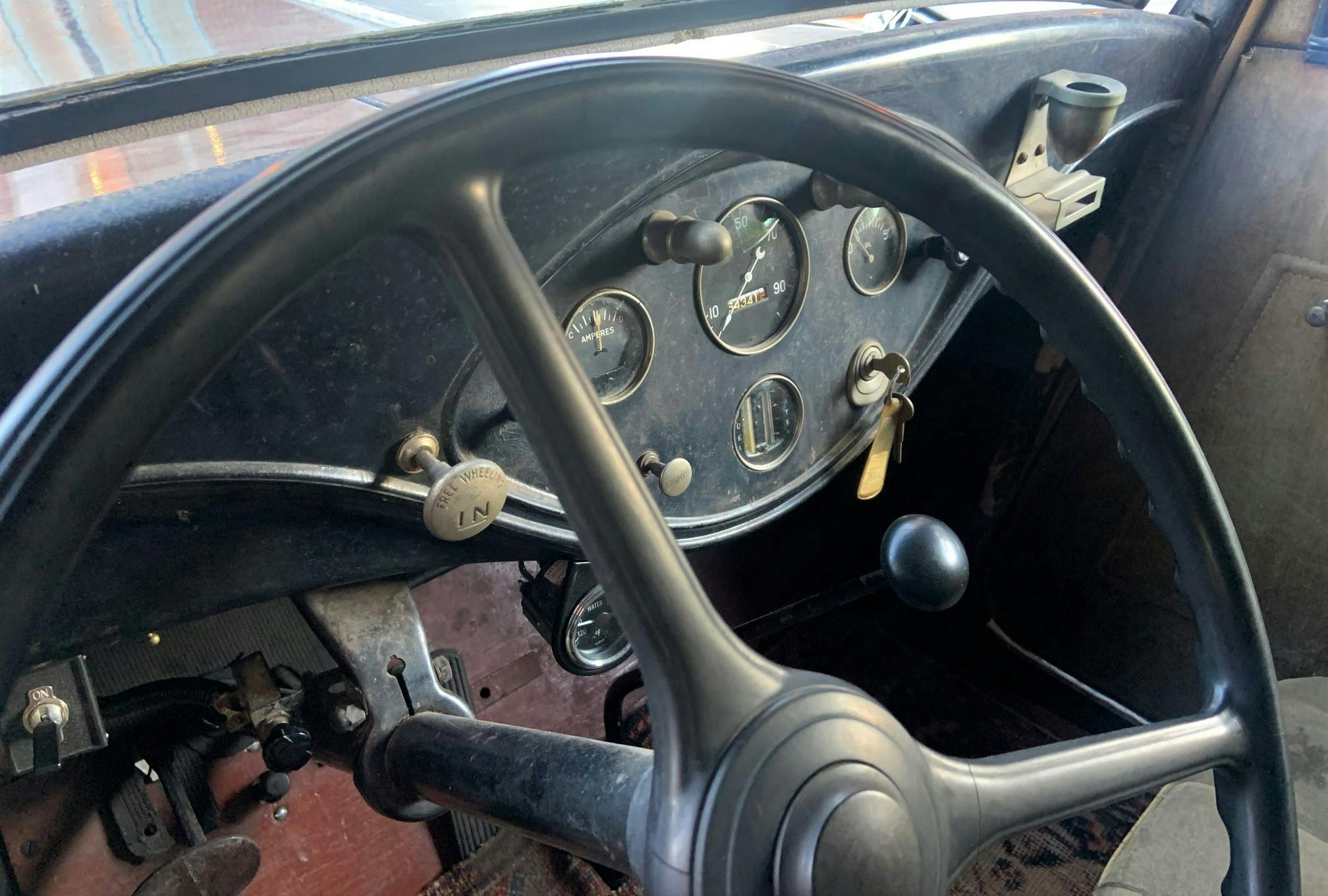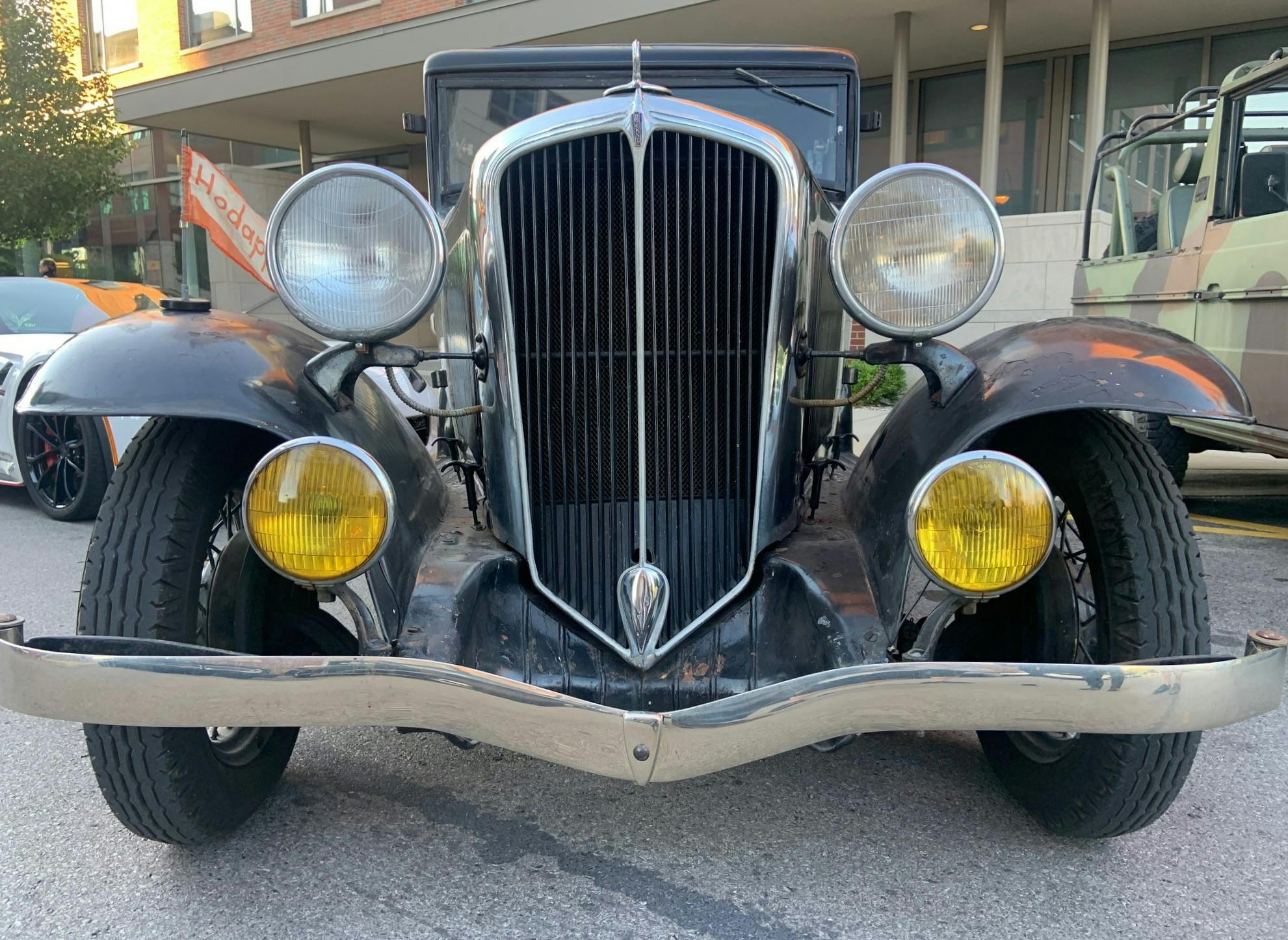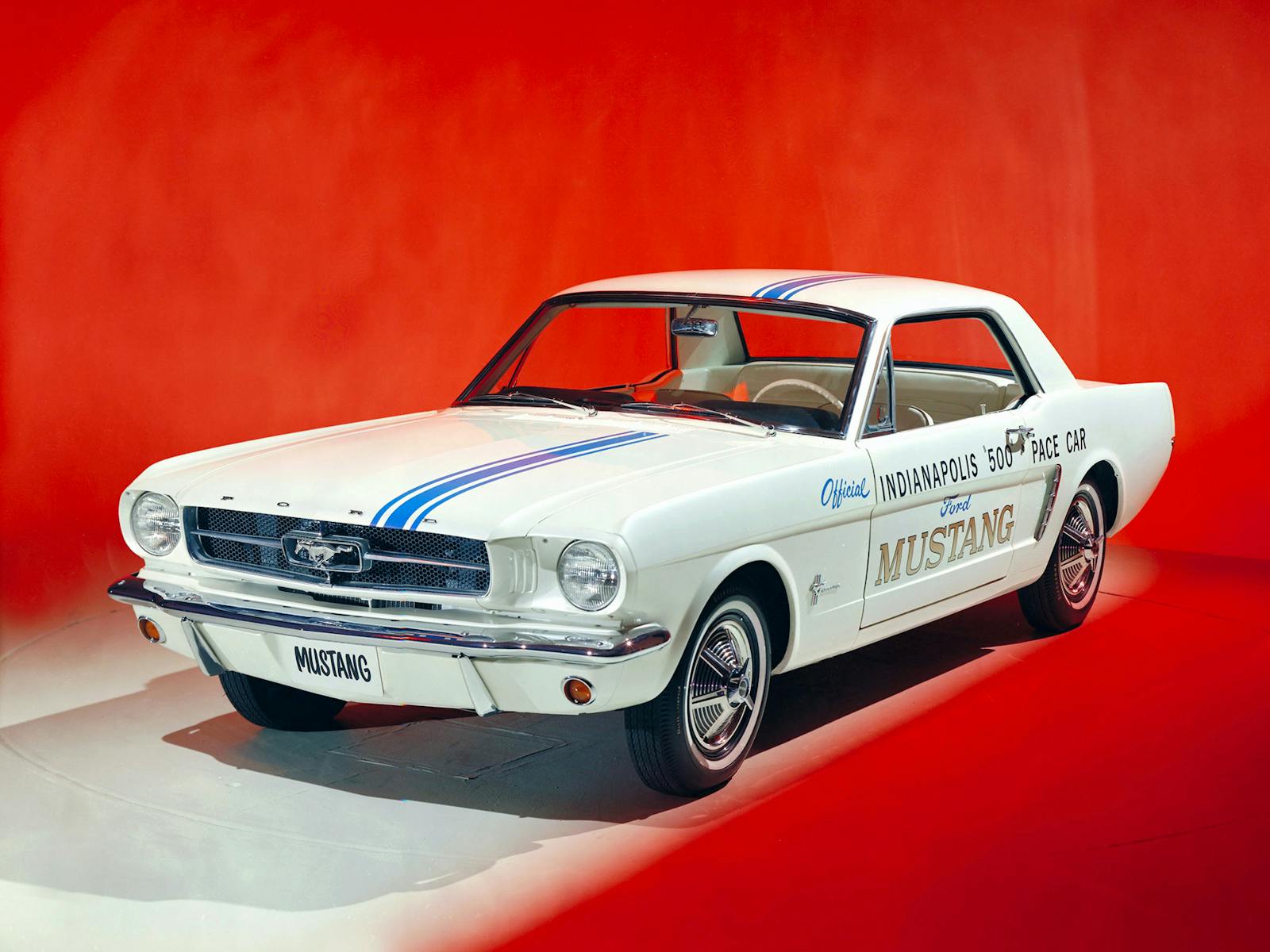This Rockne isn’t quite as famous as the Notre Dame football legend
Knute Rockne was one of the most prolific coaches in college football history. The car named after him didn’t find the same success, however.
Rockne, a former Notre Dame All-American, took over as head coach of the Fighting Irish in the middle of the war-torn 1918 season and almost immediately turned the team into a powerhouse. In Rockne’s 13 seasons at Notre Dame, the Irish won three national championships, shared three national titles, and went undefeated five times, including Rockne’s final two seasons. With a career record of 105-12-5—the highest winning percentage of all time (.881)—Rockne was a huge celebrity, both on and off the field.

Studebaker, headquartered in South Bend, Indiana—also home to Notre Dame—hoped to capitalize on Rockne’s fame by partnering with the hometown hero. Inquiries began in 1928, and Studebaker president Albert Erskine ultimately offered Rockne a position as sales promotion manager for a durable, inexpensive car that would replace his own namesake vehicle, the slow-selling Erskine.
Rockne finally accepted the offer, but he never saw the car that bore his name. He was killed in a plane crash in March 1931, and the first Rockne didn’t roll off the assembly line until December 1931. Unveiled during the Great Depression, and without its famous spokesperson, the Rockne lasted only two model years, 1932 and ’33. A total of 37,879 were produced at plants in Detroit; South Bend, Indiana; and Walkerville, Ontario.

A Canada-built 1932 Rockne Model 65, owned by Ken and Joan Richmond, caught our eye at a recent Cars and Caffeine held at Hagerty headquarters in Traverse City, Michigan. Ken Richmond, who bought the Rockne in Hamilton, Ontario, five years ago, says the sedan “looks like a Model A, except it’s swoopier and curvier.”
“It’s a funny ol’ car,” he says. “Most people don’t know it nor care about it … The Ford guys will walk by it at first, and then they’ll stop and say, ‘Wait a second.’”
The Richmonds’ car is mostly original. Ken had to replace the roof, but he retained the headliner’s original chicken wire. He liked the look of it so much that he decided not to reupholster it. The two-door’s rear side windows were paneled on the outside at some point prior to the Richmonds’ ownership so that, Ken surmises, the car could be used as a utility vehicle.
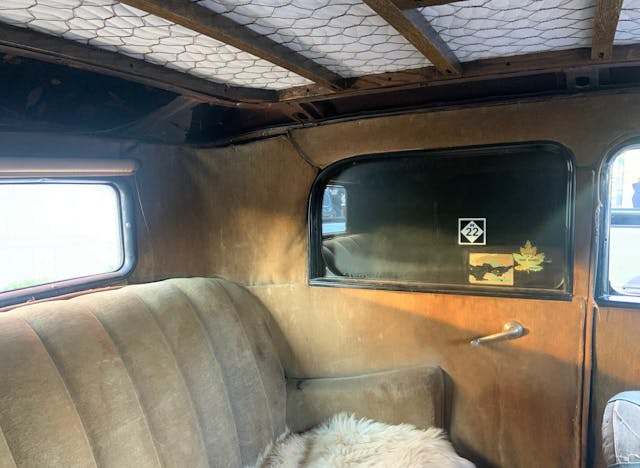
The car—powered by a 66-hp, 3.1-liter straight-six—is based on a design by Ralph Vail and Roy Cole. The two originally created it for financially strapped Willys-Overland, which allowed them to sell it to other automakers.
Production of the 1932 Rockne 65 (110-inch wheelbase) began in February 1932, two months after the larger 75 model.
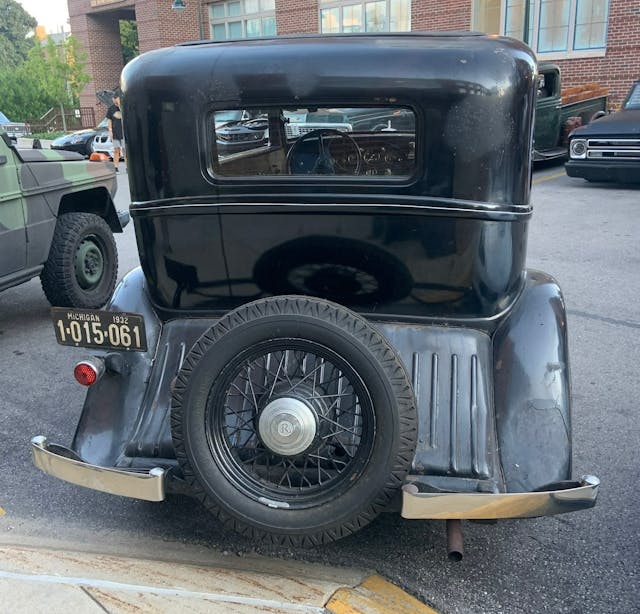
Although more buyers chose the Ford Model A and its more powerful V-8, the Rockne’s “new” L-head six-cylinder engine remained in production for decades. It powered Studebaker Dictator and Commander cars prior to World War II, as well as Commander cars and most six-cylinder truck models through 1960.
As for the Rockne, it still has a small but loyal following, one that Ken Richmond enjoys being a part of. “I bought it at a time when I really didn’t need another car,” he says, “but it was really different—something you don’t see every day.”
It certainly draws a crowd … once people realize that it isn’t what they first thought.




